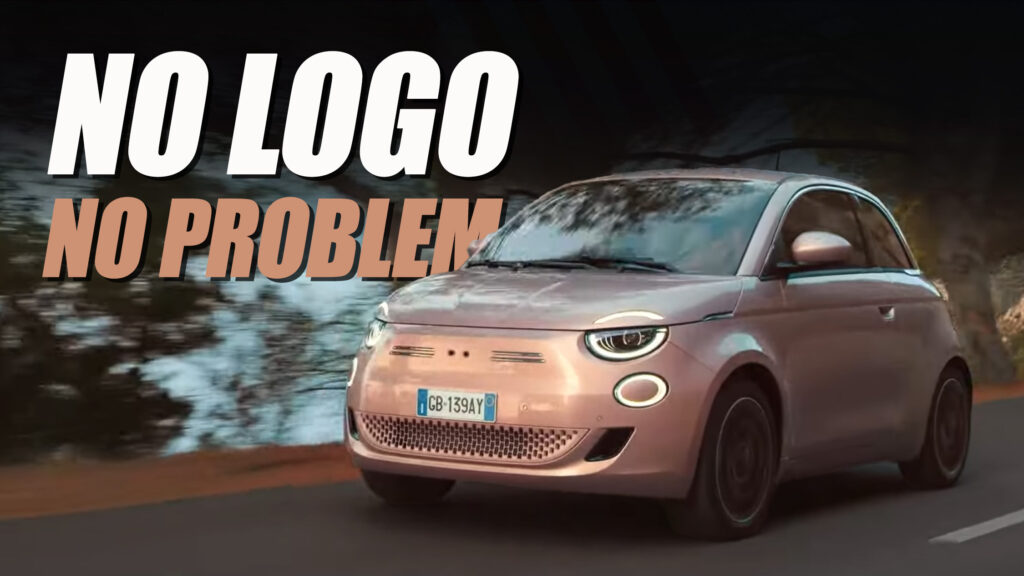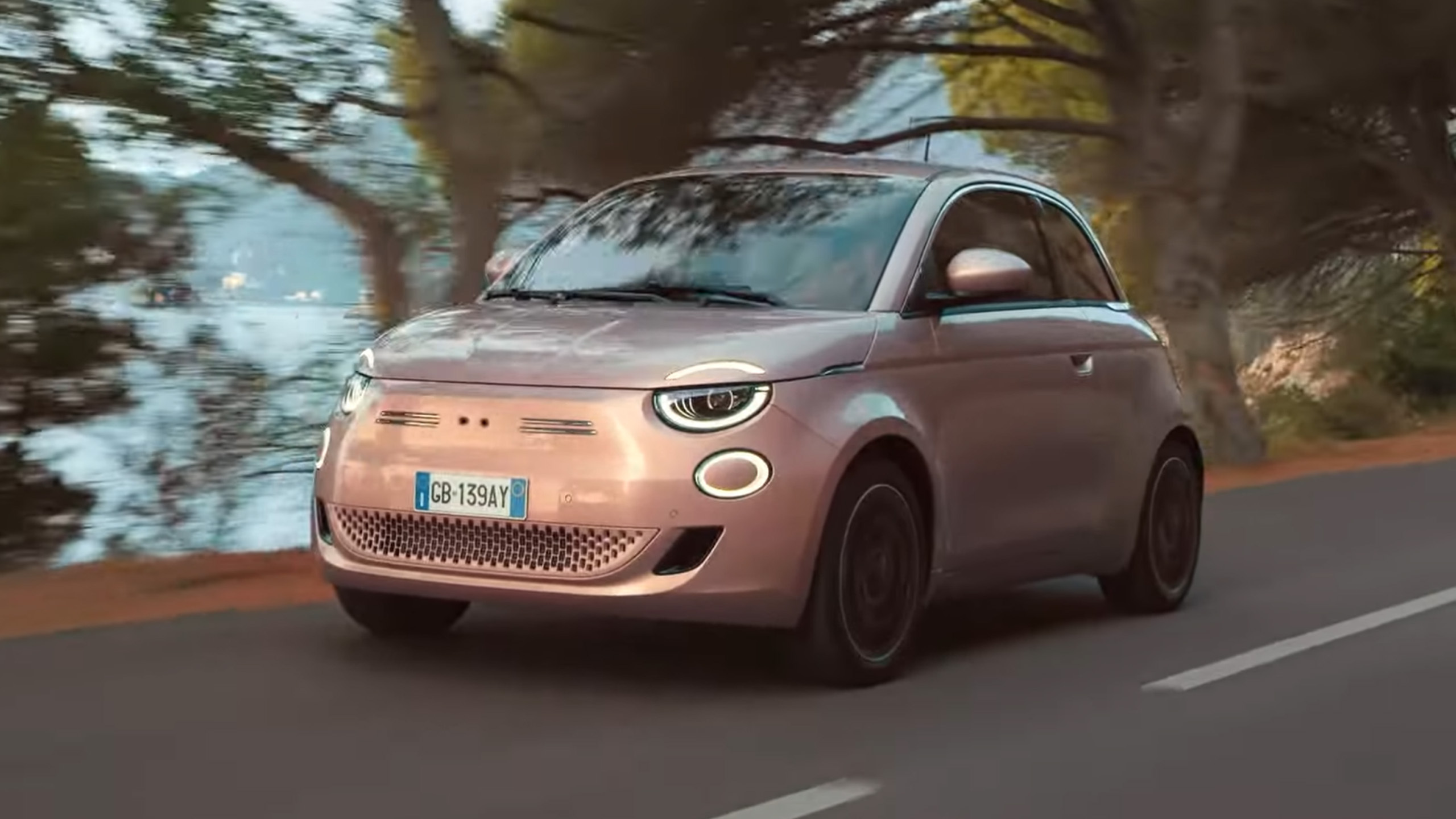- Fiat released a new ad featuring a de-badged 500e, sparking speculation it’s a dig at recent clashes with the Italian government.
- The ad emphasizes the car’s iconic design and Italian heritage, suggesting it doesn’t need logos for recognition.
- This comes after Italian authorities seized Fiat vehicles and forced name changes, raising tensions with Stellantis.
Fiat created a new advertisement for the 500e, which can also be interpreted as an indirect answer to Stellantis’ recent troubles with Italian authorities. The 30-second clip shows the EV without any badges, claiming that everyone can still recognize it.
The “Fiat | No Logo” ad with the de-badged 500e, was shared on the automaker’s own channel on YouTube. The director removed the 500 emblem from the nose, and the Fiat badge from the tailgate, leaving the holes exposed. Furthermore, the 500e lettering has been deleted from the chrome garnish under the side windows, although the center caps appear to be uncovered.
More: Police Seize Fiat EVs Over Italian Flag As Stellantis-Government Row Grows
With a slightly emotional choice of music in the background, we can hear the Italian narrator saying: “If this car had no logo, if it had no name, if it had no flag. If it had nothing to say what it is, or where it comes from, everyone would still recognise it. Because when a car has an iconic design and has always represented the joy of living, it can only be Italian, and it can only be a Fiat”.
At first glance, this seems like a clever way of highlighting the design of the EV which is heavily inspired by the classic Fiat 500, and its modern reinterpretation from 2007. However, a little bit of context proves that the message is deeper.
The Italian government went a bit hard on Stellantis in the past months, as a way of putting pressure on the automotive giant to increase production in its Italian plants. The first hit was the forced name change of Alfa Romeo’s subcompact SUV from Milano to Junior, shortly after its debut. According to Italian law, it was illegal for a model that would be produced in Poland to be named after the city of Milan.
The second hit came when Italian authorities seized 134 Fiat Topolino examples at the Livorno port. This time, the cause of the trouble was a tiny sticker with the Italian flag. According to the prosecutor, the tricolor could mislead consumers regarding the origin of the imported product. Fiat said they intended to communicate the fact that the Topolino was designed in Torino, but quickly complied with the orders.
It is important to note that there have been cases of imported Fiat models wearing Italian colors in the past, without any objection from the authorities. This suggests that the relationship between Stellantis and the current Italian government is most likely the reason for all the drama.
The tension appears to be easing after Stellantis announced it extends the production of the second-gen Fiat Panda in the Pomigliano factory until 2030, and the confirmation of the new Fiat 500 Ibrida (a mild-hybrid version of the electric 500e) that will be manufactured at the Mirafiori plant in Turin. This will certainly allow the models to keep their badges – and maybe add a few Italian flags.







